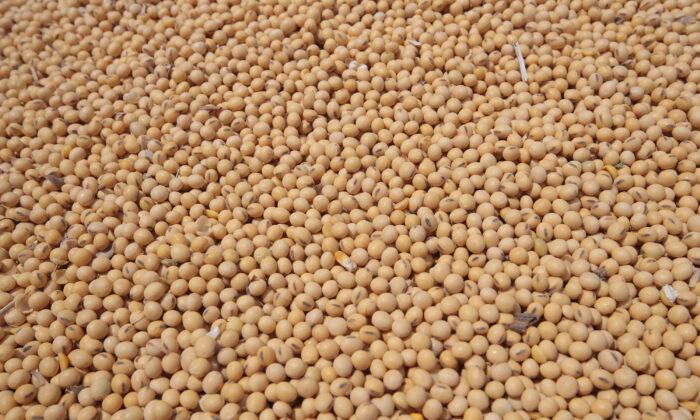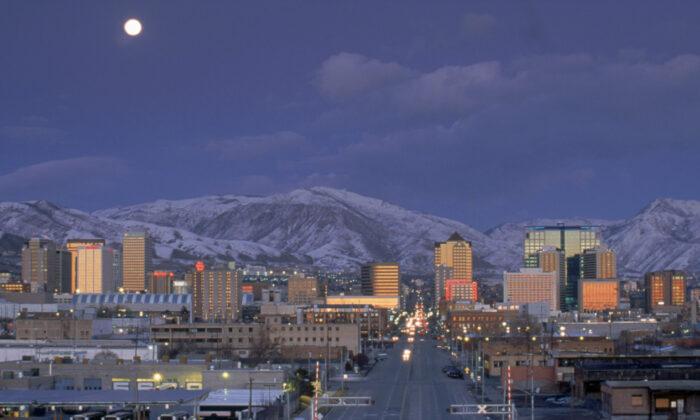The cost of farming will remain volatile next year, and high grocery prices with it, according to a University of Missouri research associate for the Food and Agricultural Policy Research Institute.
“This isn’t a message I like talking about,” Senior Research Associate Ben Brown told The Center Square. “Most likely, the path forward is going to be a period of high prices and low or relatively low economic growth. It’s the same thing we had in the 1970s. It’s going to cause economic pain, there’s no doubt about it. And it tends to last long.”
Brown said that farmers have few ways to adapt when the operating cost rises. This was especially true in 2021 when farmers and ranchers paid from 200 percent to 300 percent more for fertilizer. Plus, the volatility in the European markets affects the cost of natural gas used to produce anhydrous ammonia for adding nitrogen to the soil to improve plant growth.
“If we think we’ve got high natural gas prices here in the United States, our friends in Europe are experiencing price increases up to 300% or more,” Brown said.
Brown said some Americans are beginning to understand the factors determining the prices paid at the grocery store.
“I find myself talking to more people these days who are curious about what it costs to start a farm,” Brown said. “It’s a whole different conversation when you start talking about a farmer’s operating budget. I don’t think many people understand how farmers deal with big cash flow numbers.”
As farmers’ operating costs rise, global trade policies and foreign relations also affect markets. One of every three rows of U.S. soybeans is exported to China, according to the university.
“We’re in a period where we’re likely going to experience high food prices, not just the raw products from the farm,” Brown said. “If you’re growing corn and that corn is fed to cattle, you'll see high meat prices at the store. Labor costs continue to increase along with trucks and gasoline to transport the product. Then add the increased price for packaging of products.”
The U.S. Department of Agriculture increased its maximum allotment for households participating in the Supplemental Nutrition Assistance Program (SNAP) by 12.5 percent for a family of four, effective this month, according to a report by Hoa Hoang, also a research associate at the university. The increase reflected inflation between June 2021 and June 2022. However, when measuring June 2021 to August 2022, food in the SNAP plan increased by 15.4 percent. In specific categories, poultry increased by 20 percent, eggs rose 43 percent, dairy increased by 16 percent, and grains were up 17 percent.
“We could talk about high commodity prices because of things like high fertilizer and, therefore, you have to pay farmers more for a bushel of corn,” Brown said. “That’s a contributor, but it’s a relatively small part when it comes to higher prices for food. Some of these things are impacting prices more and it’s just kind of a perfect storm.”





